U.S. luxury fashion brands continue to underperform in sales growth and profitability. They have lagged behind other consumer sectors in adjusting to the new world defined by tech savvy millennials. As the gap between winners and losers continues to widen, brands are pressing ahead with new strategies including digital innovation, cost cuts, and acquisitions.
Success in the next decade requires brands to be more innovative and proactive in reaching out to younger generations, said Shawn Grain Carter, associate professor at the Fashion Institute of Technology in New York.
The younger generation is becoming more important, as millennials (born between about 1980 and 1995) and Generation Z (born between about 1996 and 2010) will represent 45 percent of the global personal luxury goods market by 2025, according to a study by consulting firm Bain & Co.
And more importantly, the “millennial state of mind is increasingly permeating across all generations,” noted the study.
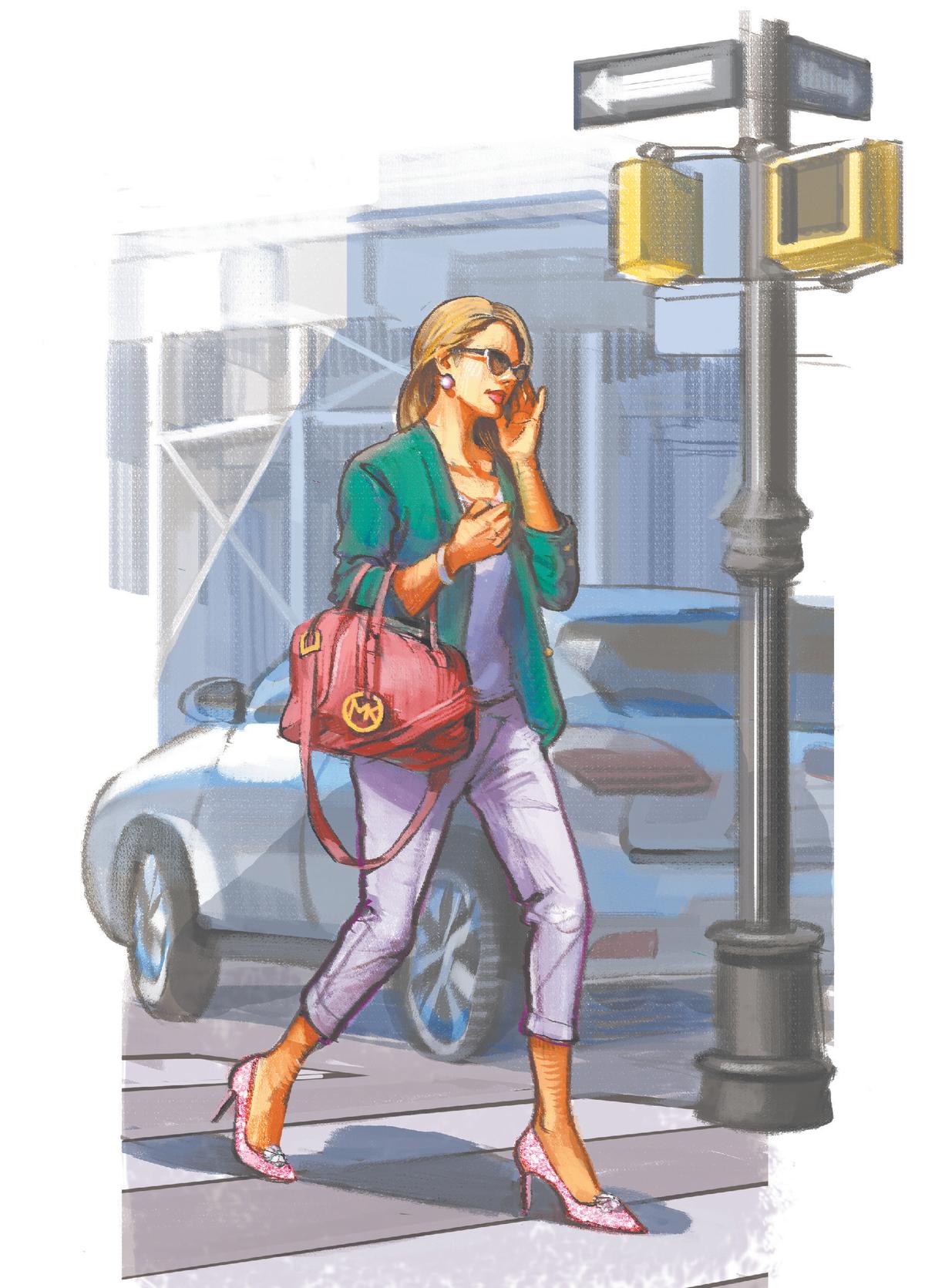
All consumers—not just millennials—value experience over material belongings. They travel more, go to restaurants more, and engage more with technology.
Smartphones and social media apps like Instagram and Snapchat encourage people to share their experiences, and hence “more American consumers spend their discretionary income on a wonderful experience as opposed to a new pair of shoes,” Carter said.
And this trend, which is one of the biggest challenges facing the luxury industry, is here to stay.
Carter says the survivors will be brands that have relevance, authenticity, and a niche in the marketplace.
“Hermès, Chanel, and some other prestigious brands have a staying power as long as they remain relevant,” said Carter.
“They still have very loyal senior citizen, baby boomer, and Generation X customers. So they can weather the storm.”
However, the story is quite different for brands like Michael Kors and Coach, which are aspirational luxury brands, according to Carter. These aspirational brands performed well in past decades because they managed to reach a wide audience across three generations.
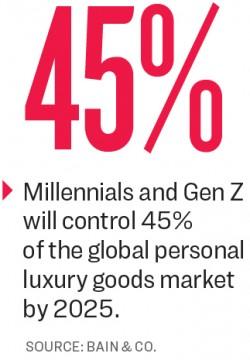
“If you can get the daughter, the mother, and the grandmother to buy the same brand, that’s the ultimate win,” Carter said.
But now these brands are facing challenges, as they lack authenticity, relevance, and the kind of exclusive, innovative merchandise with great craftsmanship that appeals to consumers, she said.
“The perceived value has shifted because customers are able to price shop, look at the quality comparisons, and share comments with their friends on social media.”
The power has shifted from the designer to the consumer, and this seismic change has had a catastrophic impact on U.S. aspirational luxury brands.
Brand Appeal
After struggling with declining sales and earnings, Ralph Lauren announced restructuring plans last year, laying off 8 percent of its staff and closing 50 stores. The company also recently announced the closure of its flagship Polo store on Fifth Avenue in New York, which will save the company $140 million a year.
Ralph Lauren’s share price dropped nearly 60 percent in the last 2 1/2 years. The company has been suffering because of weak department store sales and competition from fast fashion brands like Zara, H&M, and Forever 21. It is now repositioning its brand to appeal more to millennials.
Zara, a Spanish clothing and accessories retailer, is an “excellent example of a brand that has consistently developed, cultivated, and delivered the right merchandise for the millennial customer,” said Carter. Yet the company has achieved it with only a little marketing and a small social media budget.
There are brands like Zara in the aspirational luxury segment too. The best example that resonates with millennials is Tory Burch, according to Carter.
“Designers need to get out of their creative labs and walk into the physical stores to see who’s actually purchasing their product. Tory Burch is very good at that,” she said.
Digital Transformation
In the previous decade, luxury brands were very dependent on consumer spending and expansion in emerging markets. After the economic slowdown in China that began in June 2015, however, they have started to face growth challenges.
“Brands must press forward, urgently, with digital initiatives. They can no longer look to emerging markets for dependable growth,” stated Boston Consulting Group (BCG) in a report.
And younger consumers are not the only ones that push companies toward digital. According to the BCG study, 75 percent of baby boomers and older people who buy luxury brands prefer the “omnichannel” experience—a sales approach that integrates physical stores with online shopping.
More people are shopping online than ever before. Most luxury brands, however, are not ready for a digital transformation.
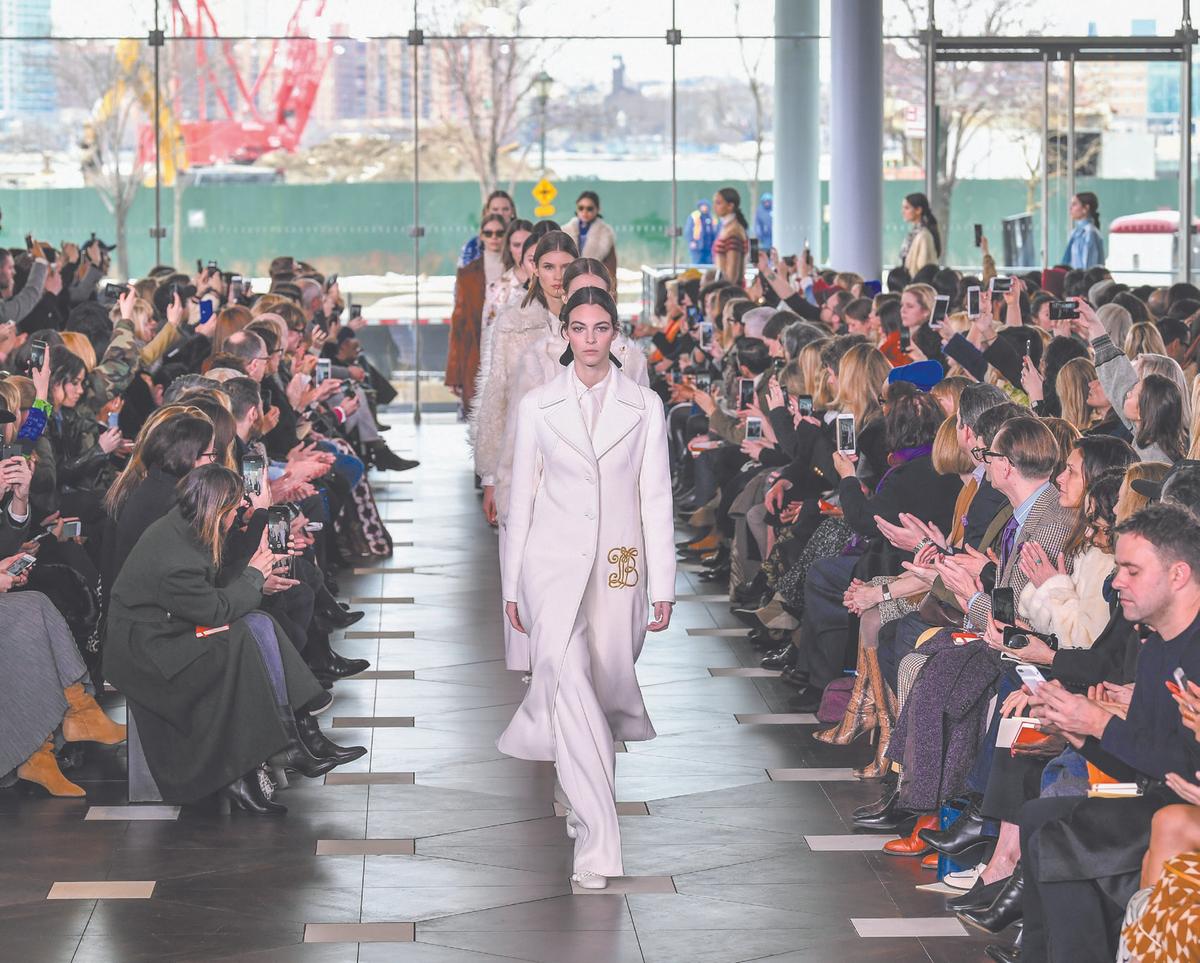
“In fact, luxury lags other consumer sectors when it comes to understanding and applying digital technologies,” stated the BCG report.
Nevertheless, there are some successful cases like British luxury retailer Burberry, which shifted its entire business strategy to digital a decade ago and has become a master of social media marketing, according to BCG.
However, Burbery is not the only brand to see digital success. U.S. luxury retail chains Nordstrom and Saks Fifth Avenue have also stood out from the rest with their digital innovation.
Acquisition Frenzy
For U.S. luxury fashion brands, mergers and acquisitions have been another avenue for driving growth and profitability.
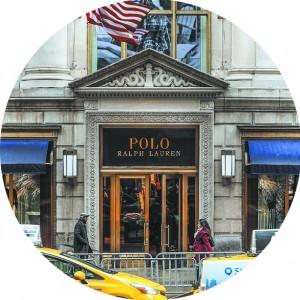
In May, Coach announced the acquisition of handbag and accessories company Kate Spade for $2.4 billion, after buying designer shoe company Stuart Weitzman in 2015.
And recently, its rival Michael Kors agreed to buy luxury shoe brand Jimmy Choo for nearly $1.2 billion. With the Jimmy Choo takeover, Michael Kors will be able to capitalize on strong margins of high-end shoes.
“Slowly, but surely, this industry is maturing—consolidation will be one of the consequences,” Luca Solca, head of luxury goods at investment firm Exane BNP Paribas, wrote in an email.
According to Solca, Coach is one step ahead of Michael Kors in recovering, with products and an in-store experience that are far more appealing to consumers.
Both brands are heavily exposed in leather goods, while brands like Ralph Lauren and Giorgio Armani have always struggled to break through in the category.
“If you make it in leather goods, this is great, because it supports retail productivity and makes your retail operations far more sustainable and profitable,” Solca said.
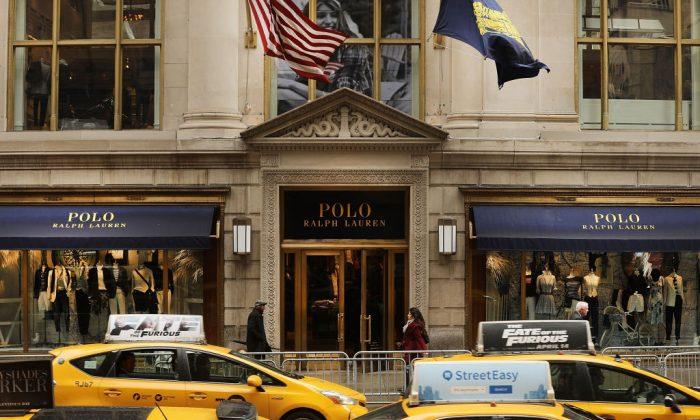

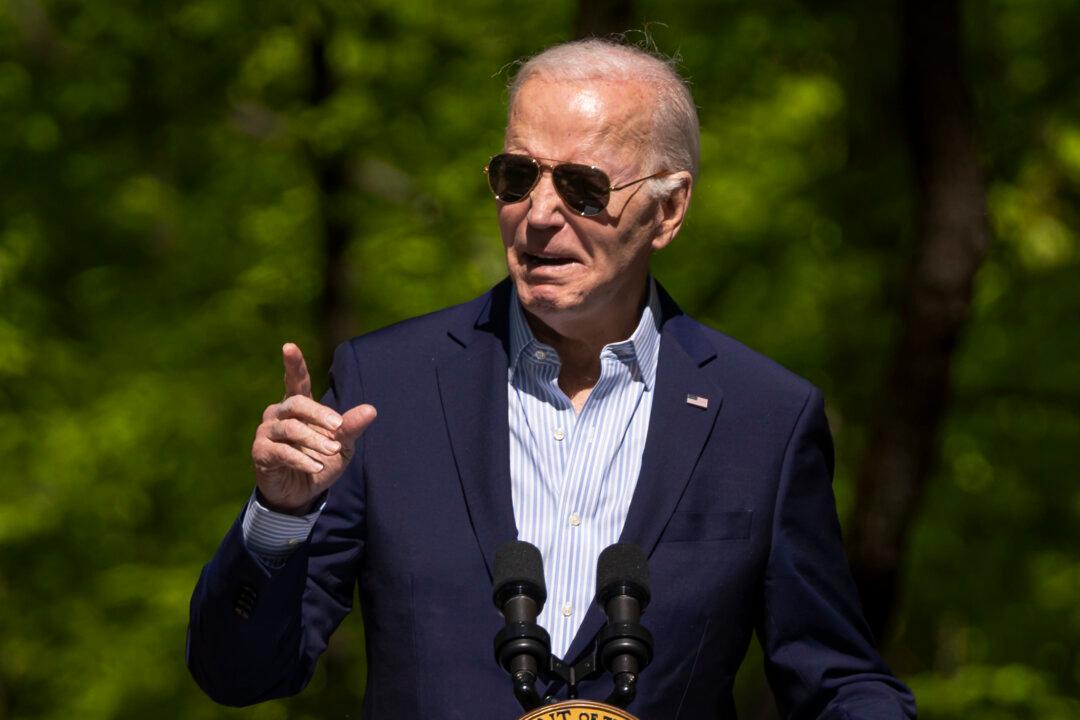


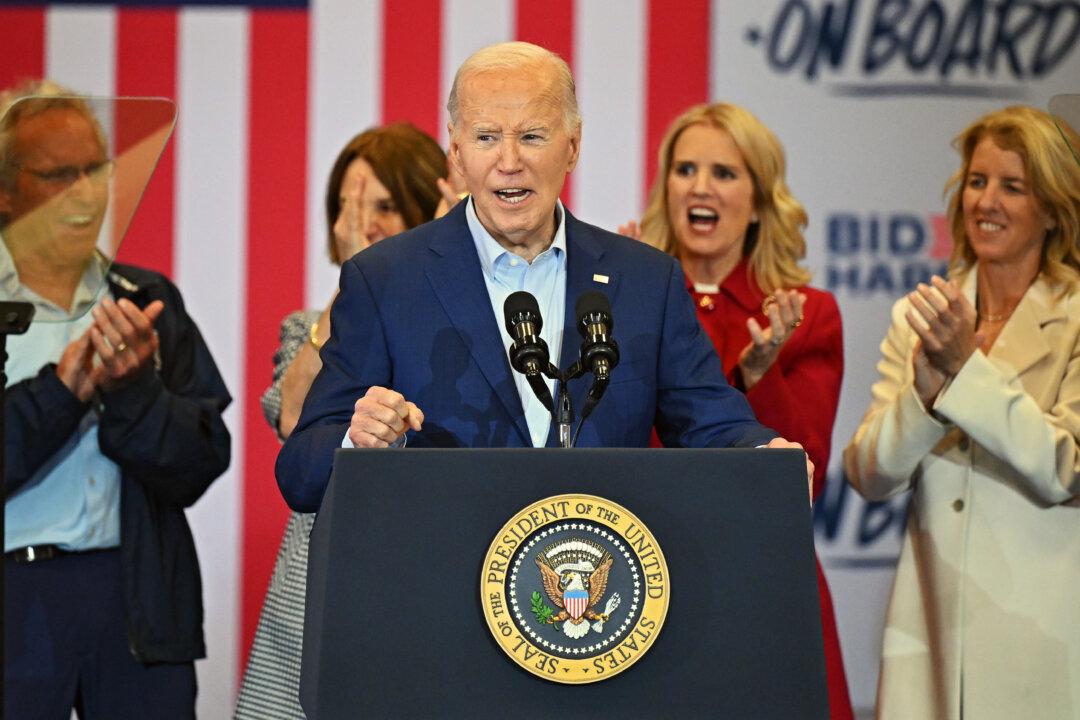
Friends Read Free